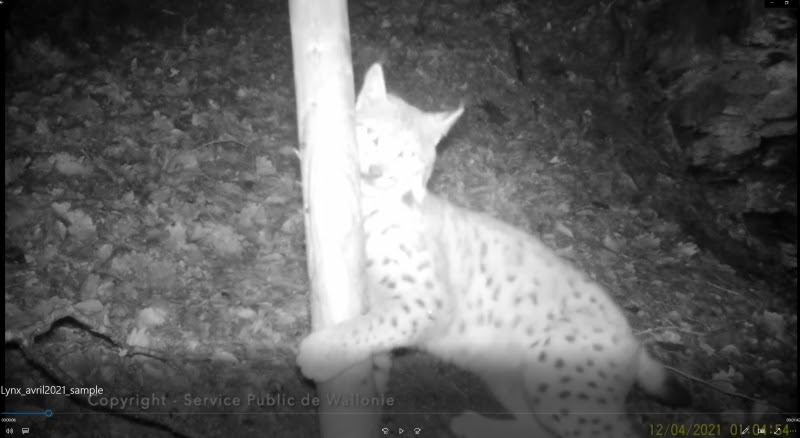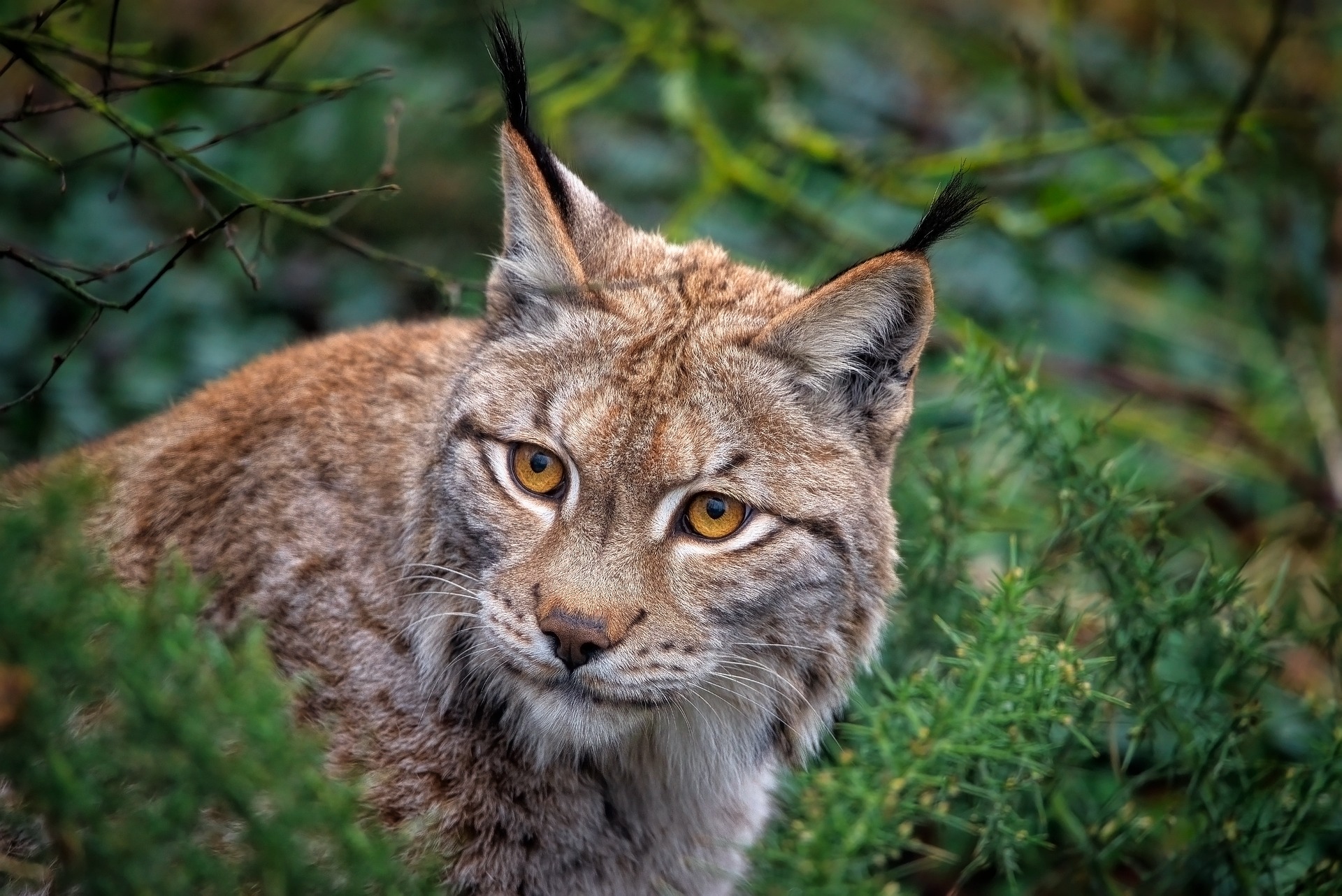Hundreds of years ago, the lynx disappeared from Belgium but it has recently been spotted several times in the Semois Valley. Now, a WWF report has found that Belgium and its neighbouring regions could provide suitable habitat for some 75 lynx in the wild.
The research, conducted by experts from Humboldt University in Berlin, shows that Belgium has room to welcome the iconic feline into the wild, and even has two concrete hotspots where the lynx could live: in the western Ardennes (on the border with the French Regional Nature Park) and in the Eifel region (on the border with Germany).
"We are therefore going to restore at least 100 hectares of forest edges and open areas," said WWF biologist Corentin Rousseau in a press release. The hilly areas cover spacious, well-connected forest areas with differences in altitude, where little human activity would disturb the animals, making it very suitable for lynx.
Restoring, connecting and protecting nature
In August 2020, a wildlife camera in the Semois Valley captured the first images of a lynx in Belgium. Six months later, the same lynx was spotted again. It became clear that the animal was not passing through, but instead had settled here. A year later, pictures of the lynx were taken again and lint from its fur was found.
The fact that a lynx appeared in Belgium is surprising, as the nearest confirmed lynx population (a mini population of about 16 animals) lives 180 km from the Semois Valley, in the Vosges and Palatinate forests between France and Germany. Unlike wolves, lynx rarely travel such long distances.
"When we were sure that Belgium was home to a Eurasian lynx, WWF knocked on the door of Humboldt University in Berlin. At our request, the Geography Department investigated the natural habitats in the south of our country which would be suitable for lynx, and how well connected those habitats are to existing lynx populations in our neighbouring countries," the press release read.

A linx spotted in the wild in Belgium. Credit: Service Public de Wallonie
Based on the habitat map drawn up by the researchers and according to various modelling techniques, Belgium could host an estimated 36 to 111 lynx. The median is 75 individuals: so an estimated 75 lynx could live in and around Belgium.
By restoring, connecting and protecting nature, Belgium can be made even more lynx-friendly – something that other animals would also benefit from. For example, the Semois Valley National Park will restore and create at least 100 hectares of forest edges and open forest areas by 2026, in which lynx like to lurk.
"We will also restore at least 20 hectares of threatened biotopes on the slopes of the Semois Valley," said Cécile Lesire, lynx expert for the Semois Valley National Park. "With their rugged rocky outcrops, these slopes are perfect for lynx to rest and breed."
Living together in harmony
As lynx generally do not travel such long distances, the chances of more lynx coming to Belgium naturally are slim. Still, the terrain is being prepared now that scientific calculations show that it is suitable, while also improving connectivity with other areas populated by the animal.
WWF can then check with the various stakeholders whether there is support for reintroducing the lynx to Belgium, as seen recently in Germany.
"If we want to offer the species a sustainable future in our fragmented landscapes, the different populations in Central and Western Europe need to be connected. Belgian forests are a nice piece of the puzzle in this respect," said Rousseau.

